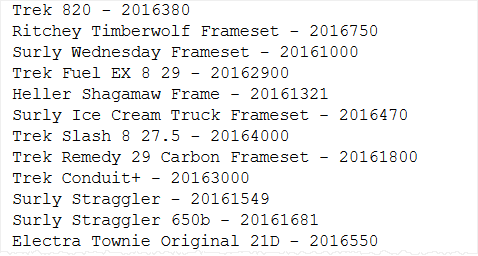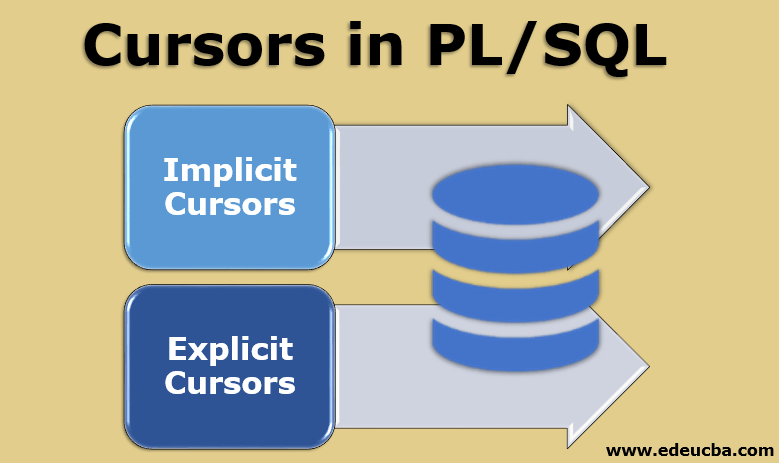


Now consider meeting the following specification by using a cursor: OFF Create a SQL Cursor to Rename Tables (_Backup) (,, ) VALUES (5, N'Analysis Services Fundamentals', N'This is about Analysis Services Fundamentals') (,, ) VALUES (4, N'Tabular Data Modeling', N'This is about Tabular Data Modeling')

(,, ) VALUES (3, N'T-SQL Programming', N'About T-SQL Programming') (,, ) VALUES (2, N'Power BI Fundamentals', N'This is about Power BI Fundamentals') (,, ) VALUES (1, N'DevOps for Databases', N'This is about DevOps for Databases') IF EXISTS (SELECT * FROM INFORMATION_SCHEMA.TABLES T WHERE T.TABLE_NAME='Student') IF EXISTS (SELECT * FROM INFORMATION_SCHEMA.TABLES T WHERE T.TABLE_NAME='Course')ĬONSTRAINT PRIMARY KEY CLUSTERED ( ASC) Run the following script to create and populate the UniversityV3 sample database with two tables: - (1) Create UniversityV3 sample database In order to create a SQL cursor we need, let’s setup a sample database so that we can run our scripts against it. SQL Cursor Exampleįirst, we will look at an example of how a SQL cursor can be used to rename database objects one by one.
TSQL CURSOR HOW TO
That’s why traversing a large result set by using cursors is usually not t he best idea – unless ther e’ s a legitimate reason for doing that.įor more detailed information on this, feel free to refer to my article How to use SQL Cursors for Special Purposes. Please keep in mind that, according to Vaidehi Pandere, cursors are pointers that occupy your system memory – which would otherwise be reserved for other important processes. The process of using a SQL cursor can be generally described as follows: Microsoft DefinitionĪccording to the Microsoft documentation, Microsoft SQL Server statements produce a complete result set, but there are times when it is best to process it one row at a time – which can be done by opening a cursor on the result set. SQL cursors are primarily used where set-based operations are not applicable and you are required to access data and perform operations one row at a time rather than applying a single set-based operation to an entire object (such as a table or a set of tables ).Ī SQL cursor provides access to data one row at a time, thereby giving you direct row-by-row control over the result set. In this article, we’ll look at some alternatives to using SQL cursors which can help avoid performance issues caused by using cursors.īefore discuss ing the alternatives, let’s review the general concept of SQL cursors.


 0 kommentar(er)
0 kommentar(er)
